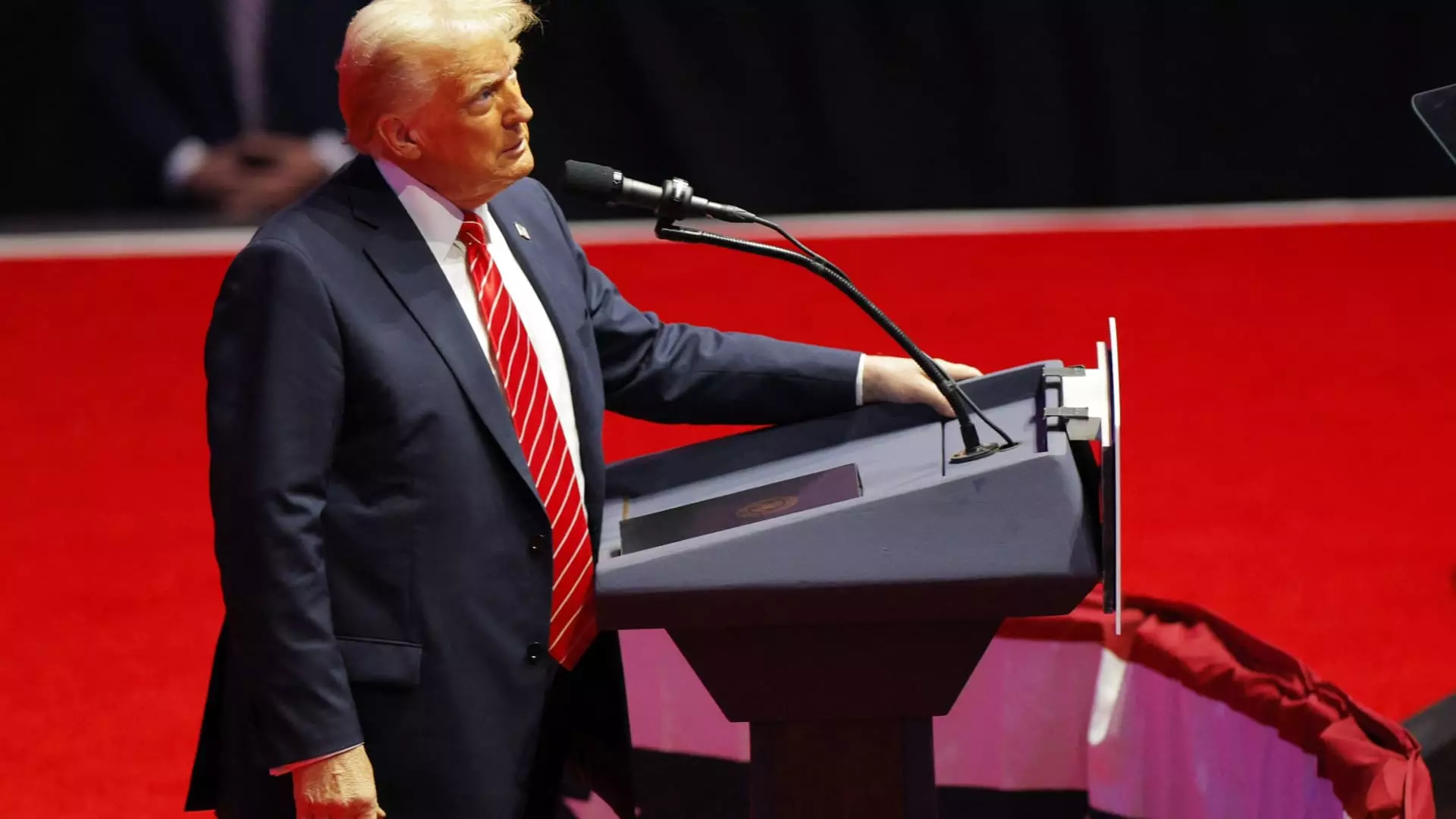As President-elect Donald Trump prepares to enter the White House, anticipation is building around the executive actions he plans to implement upon his inauguration. While many expect a series of impactful decisions, reports indicate that immediate tariffs on U.S. trading partners will not be among them. Instead, Trump is set to unveil a broad trade memorandum aimed at addressing what his administration perceives as unfair trade practices, particularly targeting major players such as China, Canada, and Mexico. This memorandum signifies a methodical approach to trade policy rather than the sweeping declarations previously anticipated during his campaign.
The President-elect’s initial proposals during the campaign were marked by a more aggressive stance on tariffs, suggesting universal levies and substantial percentages against countries perceived as trade adversaries. However, recent insights suggest a recalibration of this strategy. The forthcoming memorandum focuses not on immediate punitive measures but on a comprehensive evaluation of existing trade policies. This shift indicates that while Trump remains committed to addressing trade imbalances, he is opting for a more strategic longer-term approach rather than dramatic initial actions. As the administration gears up to take office, officials have confirmed this detail, emphasizing the importance of thorough assessments before any concrete measures are enacted.
The lingering question about the implications of Trump’s potential trade policies remains a point of contention among economists. The fear is that aggressive tariffs could lead to increased production costs for American businesses, affecting consumer prices at a time when the economy is still grappling with inflationary pressures post-pandemic. Trump’s earlier proposals included extreme tariffs—20% across the board, with particular scrutiny aimed at a 60% tax on Chinese goods—raising alarm bells for economists who warn of a potential trade war that could exacerbate economic challenges. As such, the moderation in his initial approach may reflect a growing awareness of these economic realities.
Internationally, countries such as Canada and Mexico may find some relief in the news of no immediate tariffs. However, this does not erase the concerns surrounding Trump’s trade rhetoric and its implications on global partnerships. While the focus shifts towards cooperation through evaluations, countries expect detailed consultations and potential changes that may stem from further analyses. As the memorandum calls for reviews of currency policies and practices, attention will inevitably center on how the U.S. can maintain mutually beneficial trade relationships while imposing a sense of fairness in global markets.
As the Trump administration prepares for its first actions regarding trade policy, the landscape appears to be one of cautious evaluation rather than immediate confrontation. While the absence of stringent tariffs is a significant shift from earlier promises, the direction indicated by the impending memorandum suggests a commitment to reassessing and improving trade practices. As the world watches closely, the administration’s decisions could define not only the U.S.’s own economic future but also the intricate web of global trade relations. The coming days will be critical in determining whether this nuanced strategy can bridge the gaps in trade relations or whether a more severe approach will ultimately resurface.

